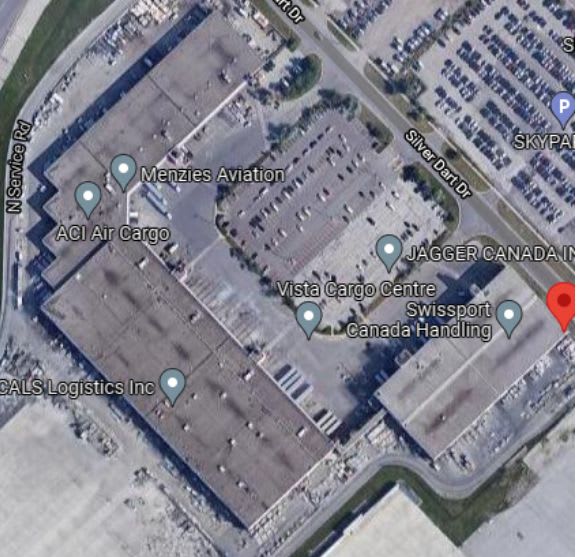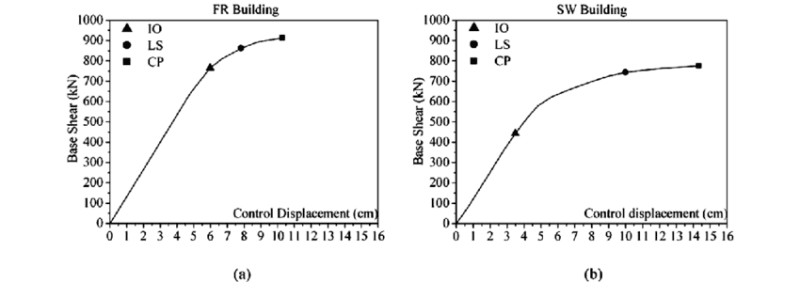amengr
Structural
- May 5, 2021
- 3
Just a quick question as I am new to wind engineering. For the MWFRS are the wind loads we calculate per ASCE7 such that we are designing the structure to remain elastic or is it similar to seismic design where we allow structures to develop plastic hinges/deformation?





